
Liver Can:cer Strikes a Family of Four: What Experts Say About To.xic Kitchen Habits
Introduction
Liver cancer remains one of the most serious health threats worldwide, often linked to lifestyle and environmental factors. Recently, a disturbing case emerged where an entire family of four was diagnosed with liver cancer. Upon investigation, experts pointed to some common household and kitchen items as potential contributors—items that many overlook but may expose users to dangerous toxins.
The Family’s Story
This family, living together for years, shared similar dietary habits and kitchen routines. Their simultaneous diagnosis raised alarm bells, prompting specialists to scrutinize their living environment carefully. The experts found that certain utensils and cookware used daily were deteriorating, releasing harmful substances that could damage the liver over time.
Toxic Substances in Kitchenware
Experts explained that damaged or low-quality kitchenware can leach toxic compounds such as heavy metals (lead, cadmium), chemical coatings, or plasticizers into food, especially when heated. These toxins accumulate in the body and can trigger liver inflammation, cell damage, and ultimately increase cancer risk.
Common Risky Kitchen Practices
-
Using Worn-Out Non-Stick Pans: Over time, the coating can peel and contaminate food.
-
Cooking with Old Plastic Containers: Heat can cause plastics to release harmful chemicals.
-
Storing Food in Unsafe Materials: Certain materials are prone to chemical leaching.
-
Using Aluminum Foil Improperly: Acidic foods cooked or stored in aluminum foil can absorb aluminum.
Expert Recommendations for a Safer Kitchen
-
Regularly inspect cookware and replace any that show signs of wear or damage.
-
Prefer stainless steel, cast iron, or high-quality ceramic cookware over questionable materials.
-
Avoid heating food in plastic containers not designed for microwave use.
-
Use glass or food-grade silicone storage containers.
-
Minimize the use of aluminum foil with acidic foods.
Broader Health Advice
Maintaining a healthy liver also involves a balanced diet rich in antioxidants, avoiding excessive alcohol consumption, and regular medical checkups. Awareness of the hidden dangers in the kitchen is a critical step towards prevention.
Conclusion
The tragic story of a family affected by liver cancer highlights how everyday kitchen choices can have profound health impacts. By adopting safer kitchen habits and using reliable cookware, families can significantly reduce their exposure to harmful toxins. Vigilance in the home environment is essential to safeguard long-term liver health and overall well-being.
News in the same category


24-Year-Old Woman Suffers Stomach Perforation Due to One Common Morning Coffee Mistake
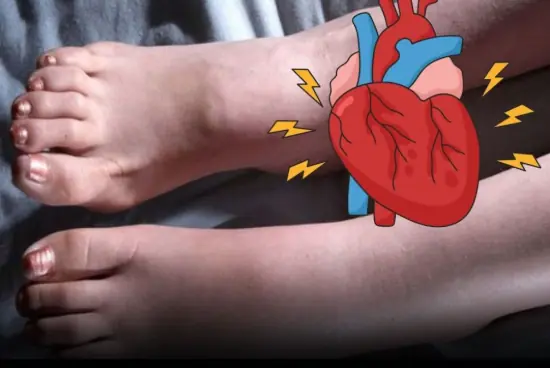
One Month Before A Heart Attack, Your Body Will Warn You Of These 7 Signs
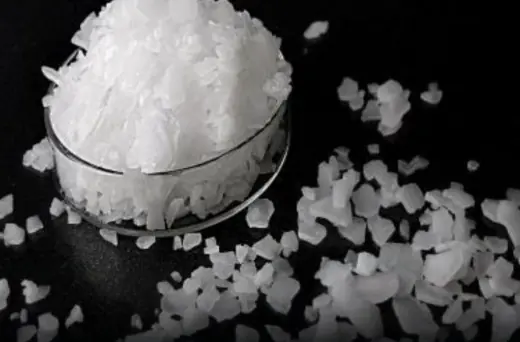
This One Superfood Could Tackle Major Health Issues—Here’s What You Need To Know

Anyone with high blo.od fat should use this seed: just about $0.20 per handful, and every part—from leaves to roots—is medicinal

Why Your Hard-Boiled Eggs Have That Weird Green Ring

Itching in 9 Areas: A Warning Sign of Malignant Tumors, Number 7 Is the Most Common

Eating Just One Bite is Already Harmful, But Many Still Eat It Without Worry

A 4-Year-Old Girl Nearly Lost Her Life to Diabetes — Parents in Tears: “I Spoiled Her Too Much!”

3 Signs Your Parent May Be Nearing the End of Life — How to Prepare for What’s Ahead
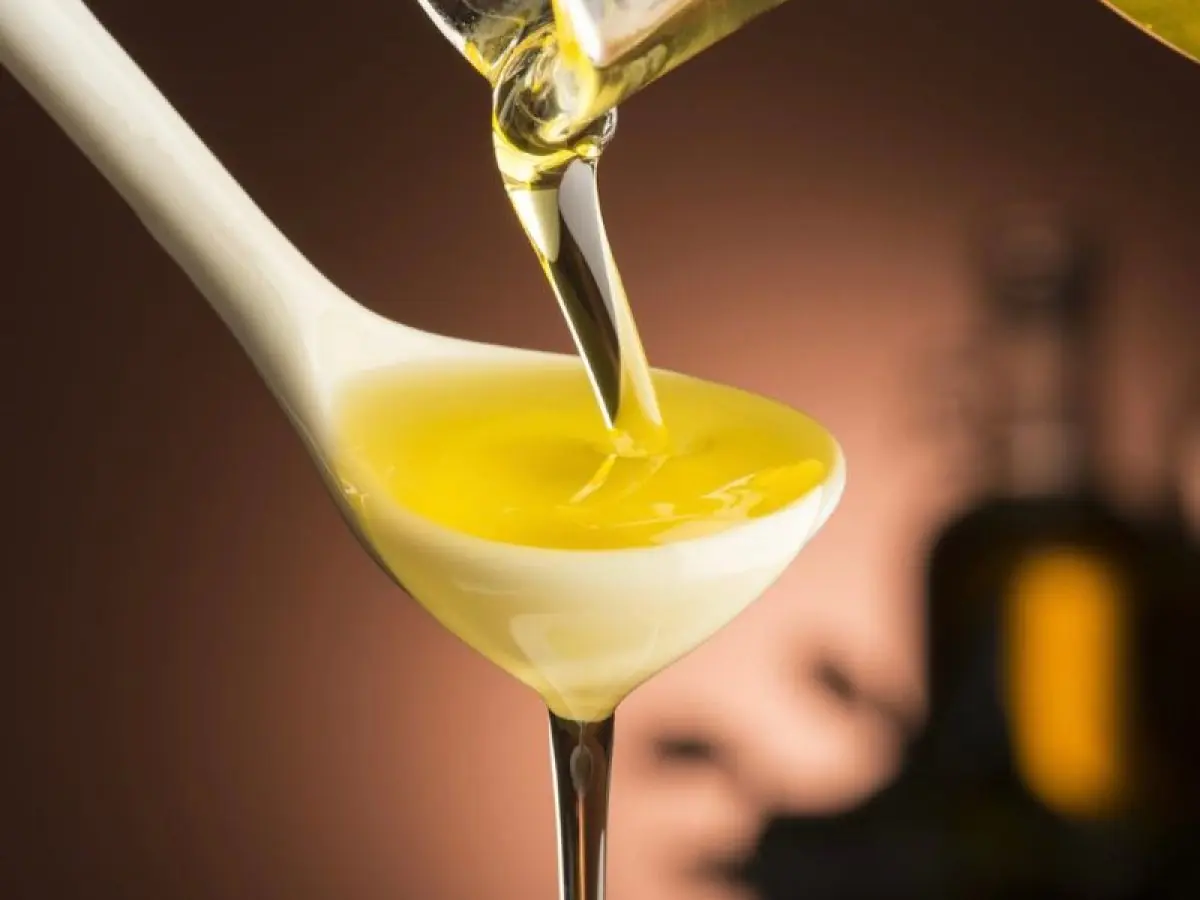
With just one tablespoon of olive oil a day, the body can gain multiple benefits for the heart, digestion, and skin—if used correctly.

A month before a stroke, your body warns you: 10 signs not to ignore

Early Signs of Kidney Disease & How to Protect Your Kidneys (Evidence Based)
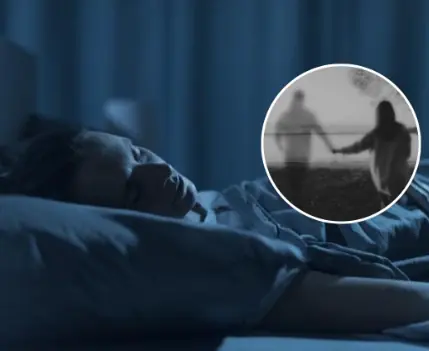
What Does It Mean When You Dream About Someone Close Who’s Died?

Is Falling Asleep the Moment You Lie Down a Good Thing? Many People Have Been Misunderstanding This

Never Pair Eggs With These 3 Foods: Your Health May Suffer
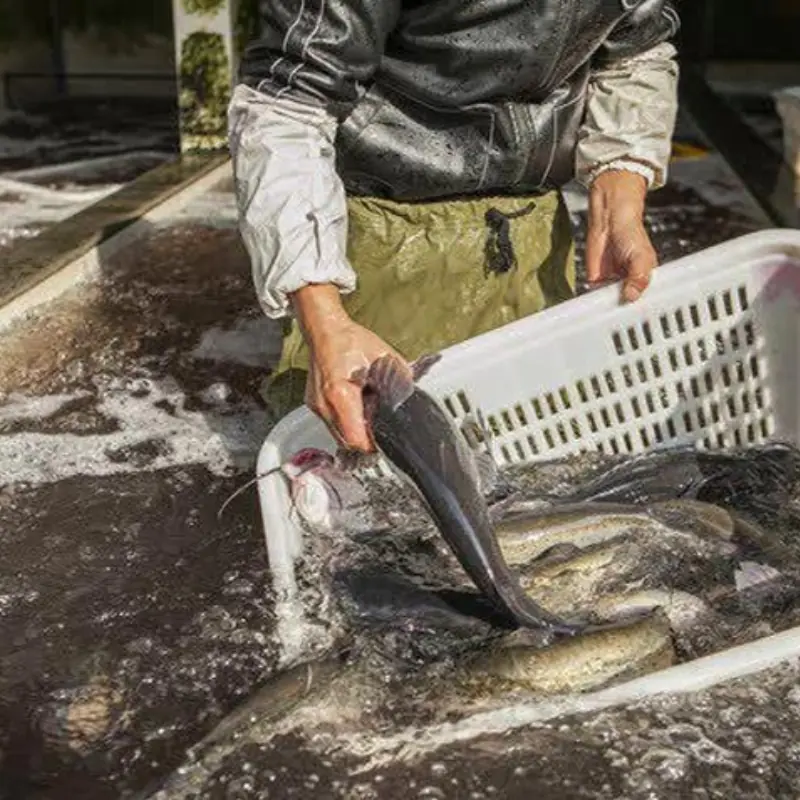
WHO warns: Stop immediately if you are eating too much of these four types of fish
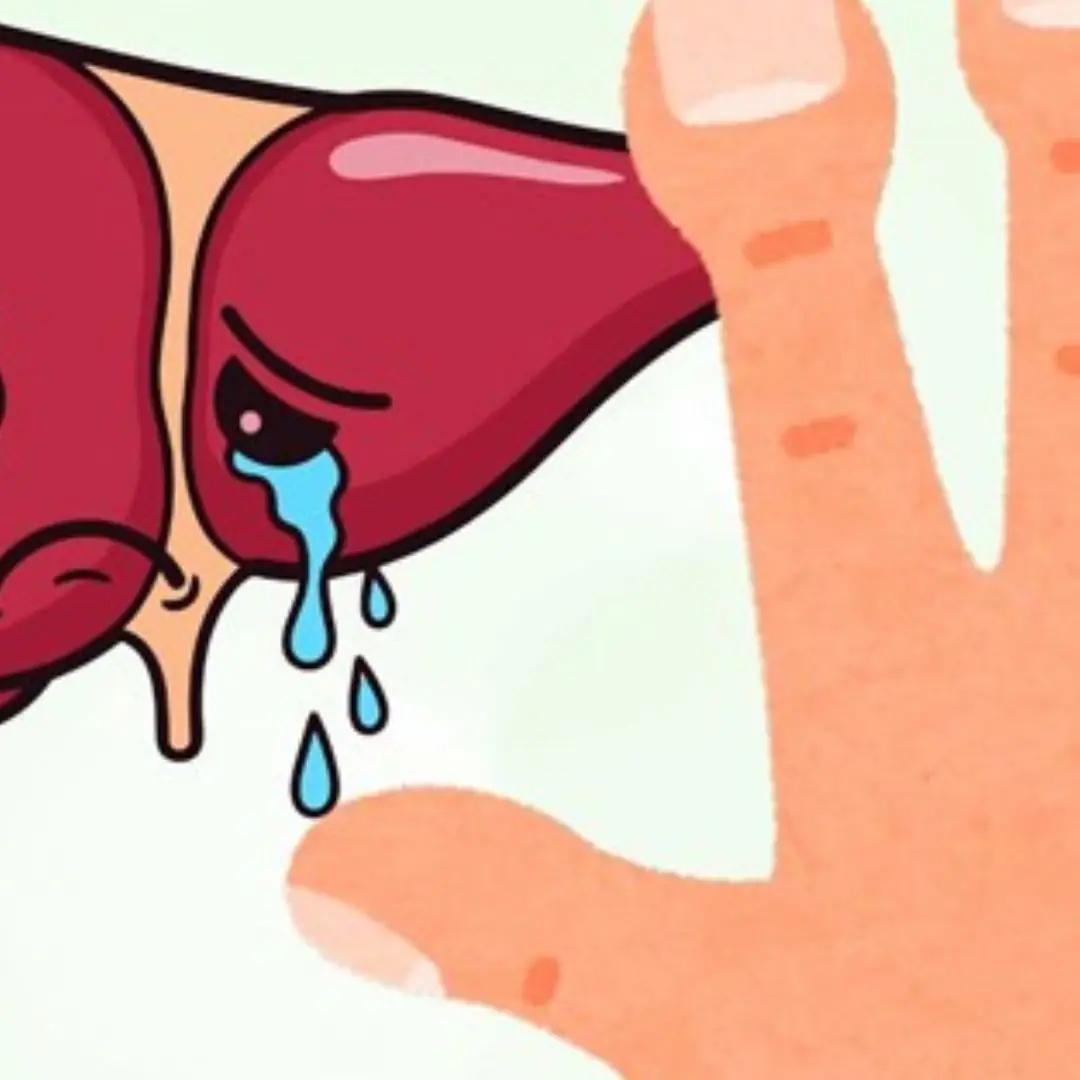
People with liver failure often have 3 characteristics on their hands, if you have 1 you should see a doctor soon

3 vegetables that can.cer cells ‘can’t stand’: Easy to find at any marketcombining them may double the benefits

My son introduced his girlfriend, and I was very wo.rried...
News Post

Scientists May Have Actually Found One Of The Causes Of Autism

24-Year-Old Woman Suffers Stomach Perforation Due to One Common Morning Coffee Mistake

One Month Before A Heart Attack, Your Body Will Warn You Of These 7 Signs

This One Superfood Could Tackle Major Health Issues—Here’s What You Need To Know

Anyone with high blo.od fat should use this seed: just about $0.20 per handful, and every part—from leaves to roots—is medicinal

Why Your Hard-Boiled Eggs Have That Weird Green Ring

Itching in 9 Areas: A Warning Sign of Malignant Tumors, Number 7 Is the Most Common

A 111-year-old man eats these two foods every day—and they’re incredibly cheap at local markets

Eating Just One Bite is Already Harmful, But Many Still Eat It Without Worry

A 4-Year-Old Girl Nearly Lost Her Life to Diabetes — Parents in Tears: “I Spoiled Her Too Much!”

3 Signs Your Parent May Be Nearing the End of Life — How to Prepare for What’s Ahead

With just one tablespoon of olive oil a day, the body can gain multiple benefits for the heart, digestion, and skin—if used correctly.

A month before a stroke, your body warns you: 10 signs not to ignore

Early Signs of Kidney Disease & How to Protect Your Kidneys (Evidence Based)

What Does It Mean When You Dream About Someone Close Who’s Died?

8 Foods You Should Not Combine With Chicken Meat — Everyone Should Know to Avoid Health Risks

Is Falling Asleep the Moment You Lie Down a Good Thing? Many People Have Been Misunderstanding This

Never Pair Eggs With These 3 Foods: Your Health May Suffer

WHO warns: Stop immediately if you are eating too much of these four types of fish
